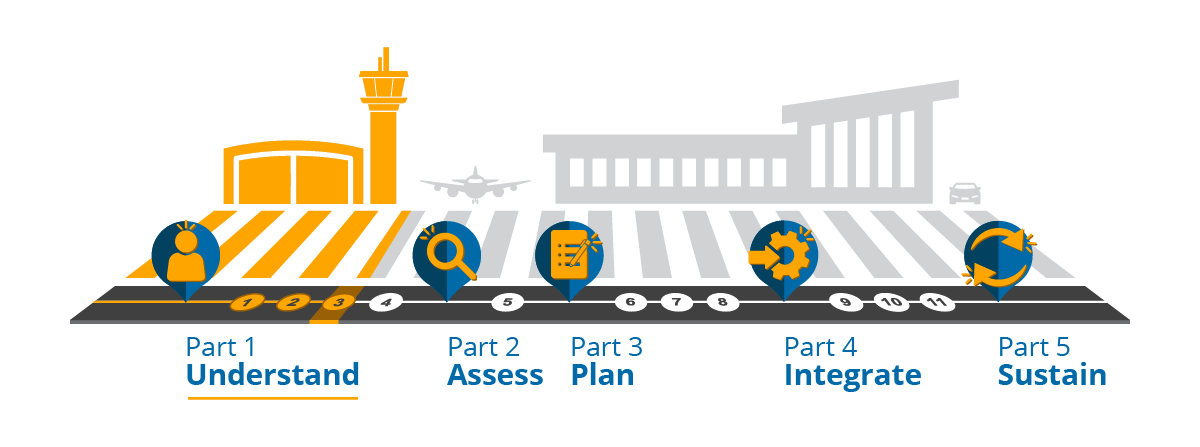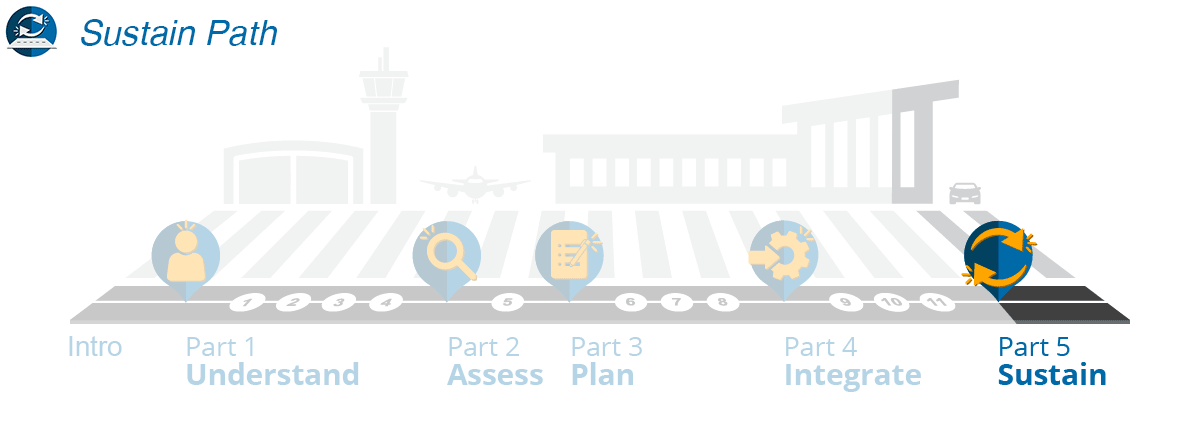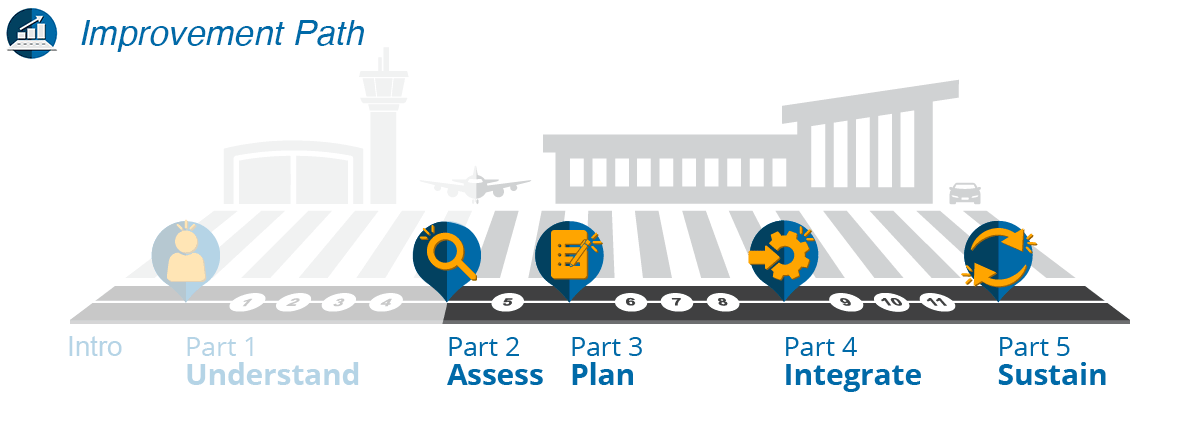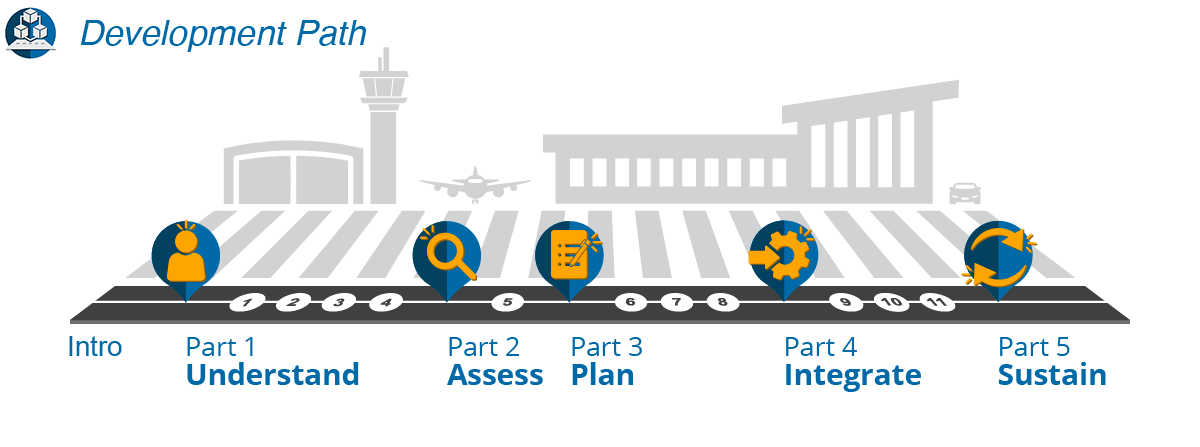
Step 3: Understand the Benefits of Using Social Media in Emergency Management
Communication
SMEM can improve communication among all stakeholders during emergencies by providing early notification. At the outset of an event, airport operators can publish and engage via public SM channels to provide both passengers and SM and EM staff (from the airport and other response agencies) with time-critical information. The nature of SM allows SM managers to provide support remotely without having to respond first to an EOC/JIC. For example, in communicating with EM staff, you could use private secure messaging channels to disseminate initial commands related to an emerging incident and provide early warning to stakeholders. This can supplement traditional radio-based communications, as well as enhance communication by providing visual elements such as pictures and video.
In communicating with passengers, you can customize pre-written SM scripts and publish them to manage expectations early in an incident, since passengers have the expectation that information will find them. In doing this, you must be sure to customize the messages with enough information for passengers to take action. You will risk losing trust with passengers if the information you share is too generic. You should also keep messages similar in wording to promote a familiar, trustworthy feeling with passengers.
Through our research, we discovered airport operators that have already implemented specific SMEM responsibilities during crisis events. As a result, they have improved their proficiency in detecting, responding to, and recovering from incidents. These operators were then able to build upon this success and gain the support needed to incorporate SM into daily airport operations. They have specifically used a combination of internal and external SM channels to improve overall customer service, operational effectiveness, safety, and security through information sharing and response collaboration.
Some airports have expanded the use of public-facing SM messaging to communicate with passengers during irregular operations, to announce flight delays, or to make significant announcements. Others have begun using internal SM messaging with airport staff, providing real-time updates and direction. During the research, an airport-user focus group noted that they would look to any badged individual for information during an incident. Therefore, providing messaging to airport employees allows them to share information with passengers to enhance customer service.
Industry Example
DFW Airport has built a strong relationship with public information officers in the surrounding communities. This has enabled information sharing between the groups to identify the potential impact of incidents both on and off the airport.
SUPPLEMENTAL READING
Next Steps: Social Media for Emergency Response, Department of Homeland Security (Washington, D.C.: 2012), https://www.dhs.gov/sites/default/files/publications/Virtual%20Social%20Media%20Working%20Group%20VSMWG%20Next%20Steps%20Social%20Media%20for%20Emergency%20Response.pdf.




